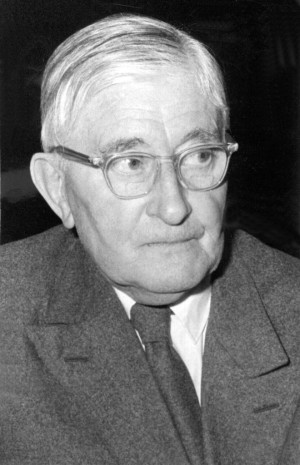American (born in Germany), 1888-1976
Josef Albers was one of the most influential abstract painters and art teachers of the twentieth century. Albers's artistic career, which bridged European and American Modernism, consisted mainly of a tightly focused investigation into the perceptual properties of color and spatial relationships. Working with simple geometric forms, Albers sought to produce the effects of chromatic interaction, in which the visual perception of a color is affected by the hues adjacent to it. Albers's precise application of color also created plays of space and depth, as the planar colored shapes that make up the majority of his works appear to either recede into or protrude out of the picture plane.
His famous series Homage to the Square (1950–76) explores this concept in more than a thousand paintings, drawings, prints, textiles, and murals, each composed of three or four nesting squares and produced in an array of colors. He began the series at the time he joined the faculty at Yale University, after years spent teaching at the Bauhaus and Black Mountain College. Albers' teaching methodology, prioritizing practical experience and vision in design, had a profound impact on the development of postwar Western visual art, while his book Interaction of Color, published in 1963, is considered a seminal work on color theory.
